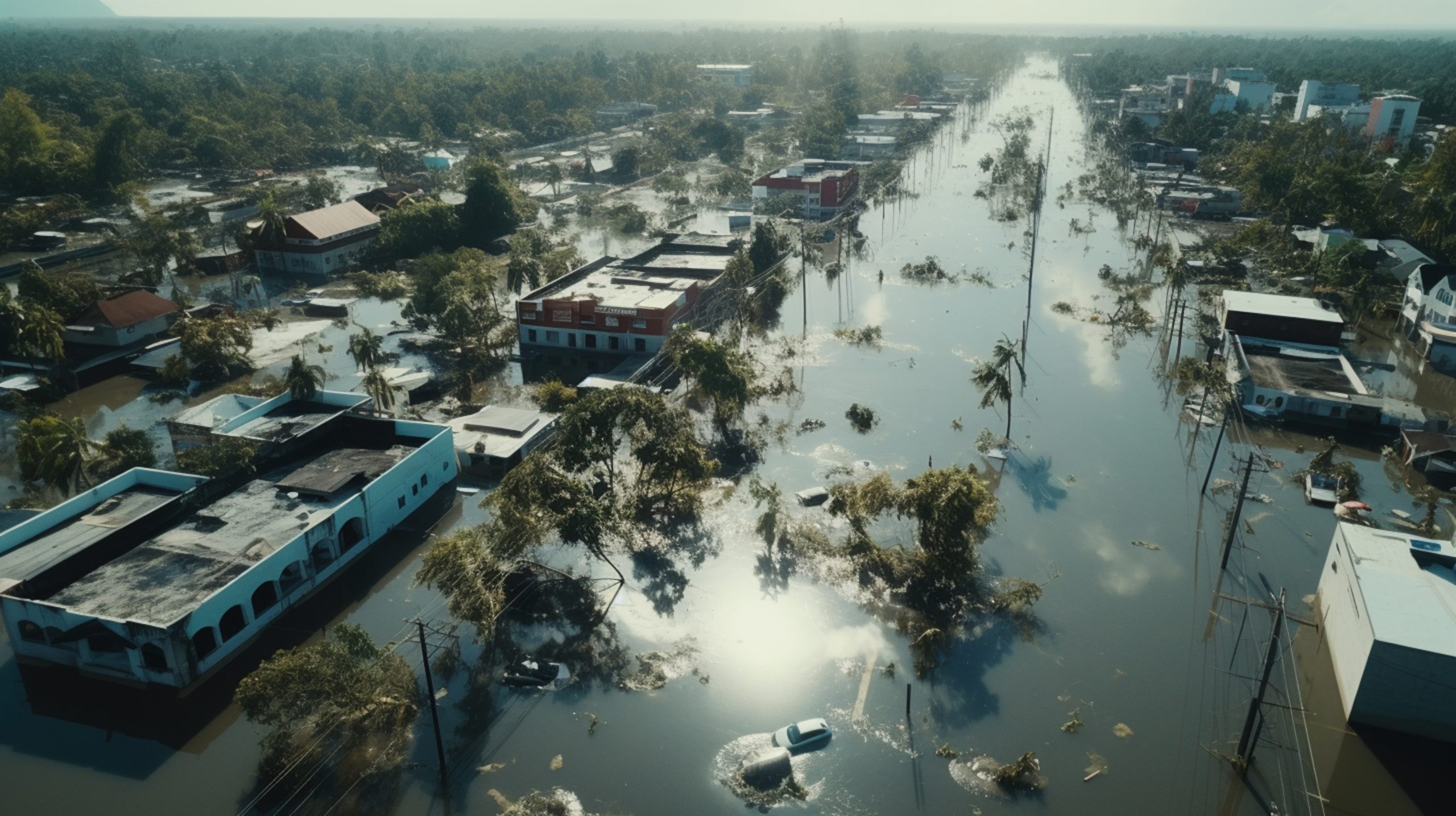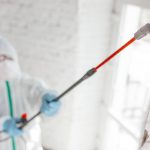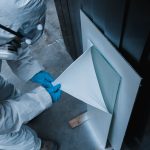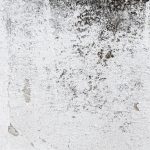
Floods can cause significant damage to your home, and one of the most serious aftermaths is mold growth. Mold can start to develop within 24-48 hours after a flood, posing health risks and damaging your property. Here are essential tips and tricks to prevent mold growth after a flood and ensure your home remains safe and healthy.
1. Act Quickly
Time is of the essence when dealing with flood damage. The quicker you act, the less chance mold has to take hold. As soon as it is safe to do so, begin the process of water removal and drying out your home.
2. Ensure Safety First
Before starting any cleanup, make sure your home is safe to enter. Turn off electricity to avoid the risk of electrical shock, especially if there is standing water. Wear protective gear, such as gloves, boots, and masks, to protect yourself from contaminants.
3. Remove Standing Water
Removing standing water is the first step in preventing mold growth. Use pumps, wet/dry vacuums, and buckets to remove as much water as possible. For large amounts of water, consider hiring a professional water removal service.
4. Dry Out Affected Areas
Once standing water is removed, it’s crucial to dry out all affected areas thoroughly. Here are some effective drying methods:
- Fans: Use high-powered fans to increase air circulation and speed up the drying process.
- Dehumidifiers: Dehumidifiers help remove excess moisture from the air, reducing humidity levels and preventing mold growth.
- Air Conditioners: If it’s safe, use your home’s air conditioning system to help lower humidity levels and promote drying.
5. Remove and Discard Damaged Materials
Porous materials like carpets, drywall, insulation, and furniture that have been soaked with water are prime locations for mold growth. If these materials cannot be thoroughly dried within 24-48 hours, they should be removed and discarded to prevent mold from developing and spreading.
6. Clean and Disinfect
After drying out your home, clean and disinfect all affected surfaces to remove any remaining contaminants and mold spores. Use a mixture of water and detergent for cleaning, and then disinfect with a solution of one cup of bleach to one gallon of water. Be sure to follow safety guidelines when using bleach and ensure proper ventilation.
7. Check for Hidden Moisture
Mold can grow in hidden areas where moisture lingers, such as behind walls and under floors. Use moisture meters to check for hidden moisture in these areas. If moisture is detected, additional drying and possibly removal of materials may be necessary.
8. Improve Ventilation
Proper ventilation helps reduce moisture levels and prevent mold growth. Use exhaust fans in kitchens, bathrooms, and laundry rooms to remove excess moisture. Ensure that your home’s ventilation system is working properly and consider installing additional ventilation if needed.
9. Monitor Humidity Levels
Keeping indoor humidity levels below 60% can help prevent mold growth. Use a hygrometer to monitor indoor humidity and take steps to control it, such as using dehumidifiers and air conditioners, especially in humid climates like Southwest Florida.
10. Use Mold-Resistant Products
When rebuilding or repairing your home after a flood, consider using mold-resistant products. Mold-resistant drywall, paint, and insulation can help prevent future mold growth and provide an extra layer of protection.
Case Study: Preventing Mold After a Flood in Sarasota
A family in Sarasota experienced severe flooding in their home after a hurricane. Concerned about mold growth, they contacted QCI for professional assistance. Our team quickly removed the standing water using high-powered pumps and wet/dry vacuums. We then set up industrial fans and dehumidifiers to dry the affected areas thoroughly. After removing damaged materials and disinfecting the space, we ensured that all hidden moisture was eliminated. The family was able to restore their home without the risk of mold growth, thanks to the prompt and effective measures taken.
Preventing mold growth after a flood requires prompt action and thorough remediation. By following these essential tips and tricks, you can significantly reduce the risk of mold and maintain a healthy home environment.
If you’re dealing with the aftermath of a flood, professional assistance can make a significant difference. At QCI, we offer expert water removal and mold remediation services in Southwest Florida, including Sarasota. With over 28 years of experience, our team is equipped to handle any flood damage situation promptly and effectively. Contact us today at (239) 777-2875 or visit our website at QCI Online to schedule a free inspection and ensure your home is mold-free. Let us help you restore your home to a safe and healthy condition.






